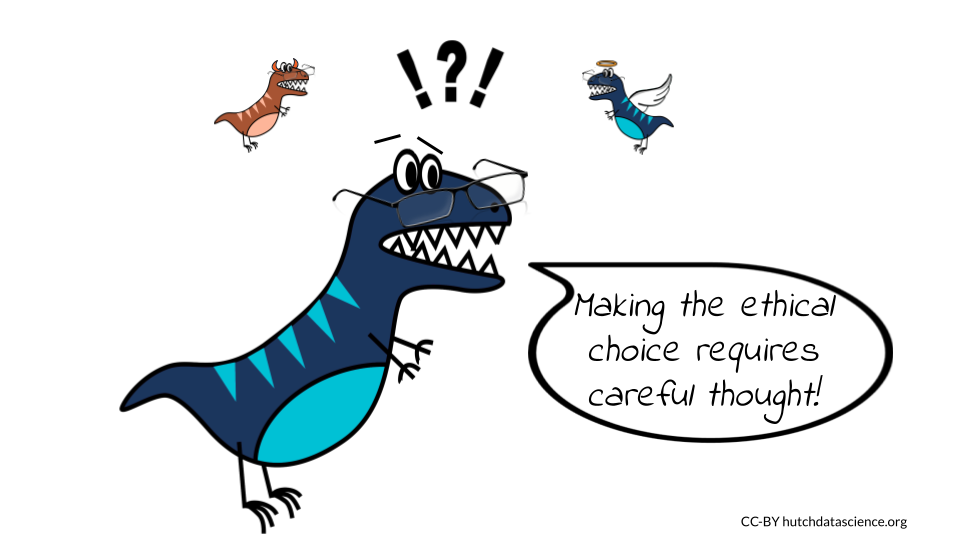
Chapter 2 VIDEO: AI Code of Ethics
This video covers a set of ethical guidelines to keep in mind while using AI tools for programming.
You can view and download the Google Slides here.
Our first duty as programmers is to avoid causing harm to people and the world. This includes avoiding both intentional and inadvertent harm. Intentional harm is harm that is caused by a programmer’s deliberate actions. For example, a programmer might create a virus that is designed to harm computers. Inadvertent harm is harm that is caused by a programmer’s negligence or lack of foresight. For example, a programmer might create a program that is buggy and causes data loss, or create a program that is particularly vulnerable to being hacked.

We must always be aware of the potential for harm and deliberately take steps to mitigate it. This includes things like:
Be aware of the potential for bias. AI systems are trained on data, and that data can reflect the biases of the people who collected it. Programmers should be aware of the potential for bias in their data and take steps to mitigate it.
Be transparent about your work. Share information about your code, data, and algorithms. This will help others to understand how your work works and to identify any potential problems.
Be accountable for your work. Take responsibility for the consequences of your code. Be willing to make changes if necessary.
Participate in discussions about AI ethics. There are many online and in-person communities where you can discuss the ethical implications of AI with other people.
Advocate for ethical AI. Speak up when you see AI being used in a way that you believe is unethical. Support organizations that are working to promote ethical AI.
